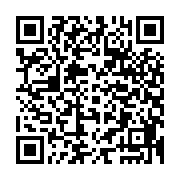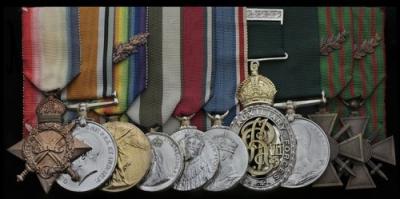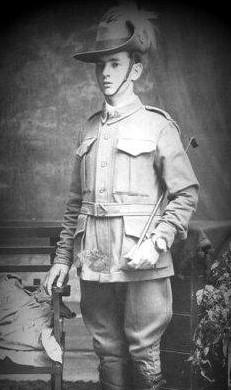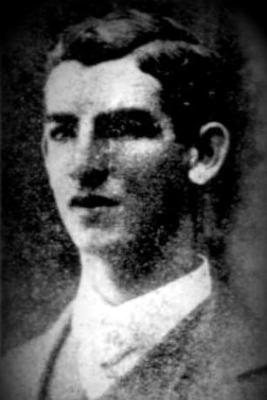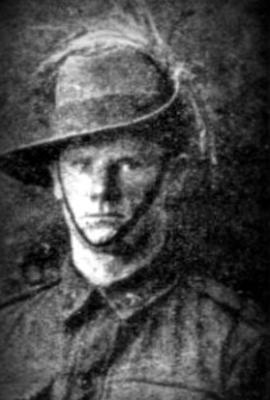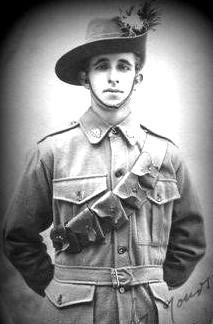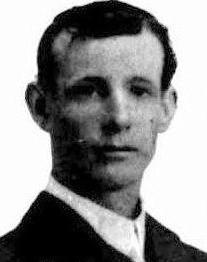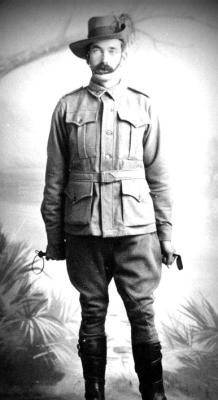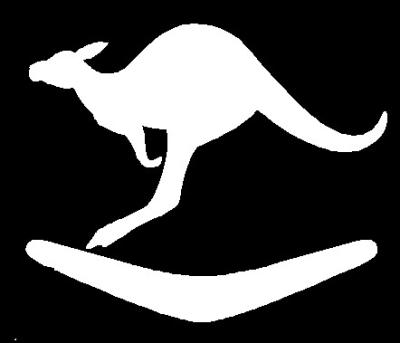United Nations Service Medal Korea
The United Nations Service Medal (Korea) is awarded to any military service member, of an Armed Force allied with South Korea, who participated in the defense of South Korea from North Korea between 27 June 1950 and 27 July 1954.
The UN Korea Medal is a 36mm wide circular medal of bronze alloy. The obverse depicts the ‘World-in-a Wreath' emblem of the United Nations. The reverse has the inscription: FOR SERVICE IN DEFENCE OF THE PRINCIPLES OF THE CHARTER OF THE UNITED NATIONS. Each participating country has the text in the most appropriate language, and the inscription may be in any one of the following languages: Amharic (Ethiopian Empire), Dutch, English, French, Greek, Italian, Korean, Spanish (Colombia), Tagalog (Philippines), Thai or Turkish.
The medal hangs from a claw attachment on a straight bar suspension. Each medal is worn with a medal bar bearing the inscription KOREA in the same language as the reverse inscription. The medal's ribbon made up of 17 equal stripes of United Nations Blue (Bluebird 67117) and white, 9 blue and 8 white, each 2.0 mm wide.
During the Korean War (1950-1953), Australia played a significant role as part of the United Nations (UN) forces in support of South Korea. Australia was one of the first countries to respond to the UN's call for assistance when North Korea invaded South Korea in June 1950. Prime Minister Robert Menzies committed Australian troops to the conflict. Battles and Operations:
Australian forces were involved in several major battles and operations during the war. One of the notable engagements was the Battle of Kapyong in April 1951, where the 3RAR successfully defended a crucial position against a larger Chinese force. Australian troops also participated in the Battle of Maryang San and the Battle of Hill 355, both of which were significant victories for the UN forces.
Australia made substantial sacrifices during the war. A total of 17,000 Australian servicemen and women served in Korea, and 340 lost their lives, with over 1,200 wounded. The Australian contribution was not limited to combat troops. Medical units, engineers, and support personnel also played crucial roles in the war effort.
The Korean War ended in an armistice in July 1953, establishing a demilitarized zone along the 38th parallel. Australian troops remained in Korea as part of the UN forces until 1957, participating in the stabilization and reconstruction efforts.
Details
Details
On November 22, 1961, the United Nations officially changed the name of the United Nations Service Medal to the United Nations Service Medal Korea. This was as a prelude to the creation of many subsequent United Nations medals which are awarded for various operations around the world.
Open in Google Maps
Nearest geotagged records: View all geotagged records »
Australian Army Museum of Western Australia
Australian Army Museum of Western Australia
Other items from Australian Army Museum of Western Australia
- The Korea Medal
- Medal Group Miniatures - Lieutenant General Sir Joseph John Talbot Hobbs, KCB, KCMG, VD
- World War 1, 47 COX, 10 Light Horse, 1914
- World War 1, 48 CREEPER, 10 Light Horse
- World War 1, LLOYD, 10 Light Horse
- World War 1, 51 HALE, 10 Light Horse, 1914
- World War 1, 52 HALL, 10 Light Horse, 1914
- World War 1, 53 HEATH, 10 Light Horse, 1914
- World War 1, 56 MOONEY, 10 Light Horse
- World War 1, Australia, Western Australia, FERRIS, 10 Light Horse
- World War 1, Australia, Western Australia, 109 FENWICK, 10 Light Horse
- Formation Sign - 6th Australian Division, World War 2
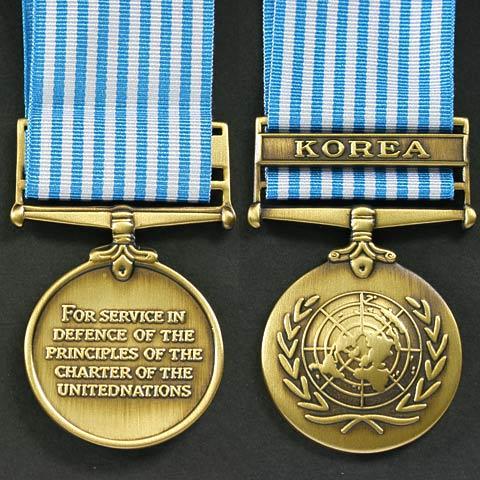
Scan this QR code to open this page on your phone ->
